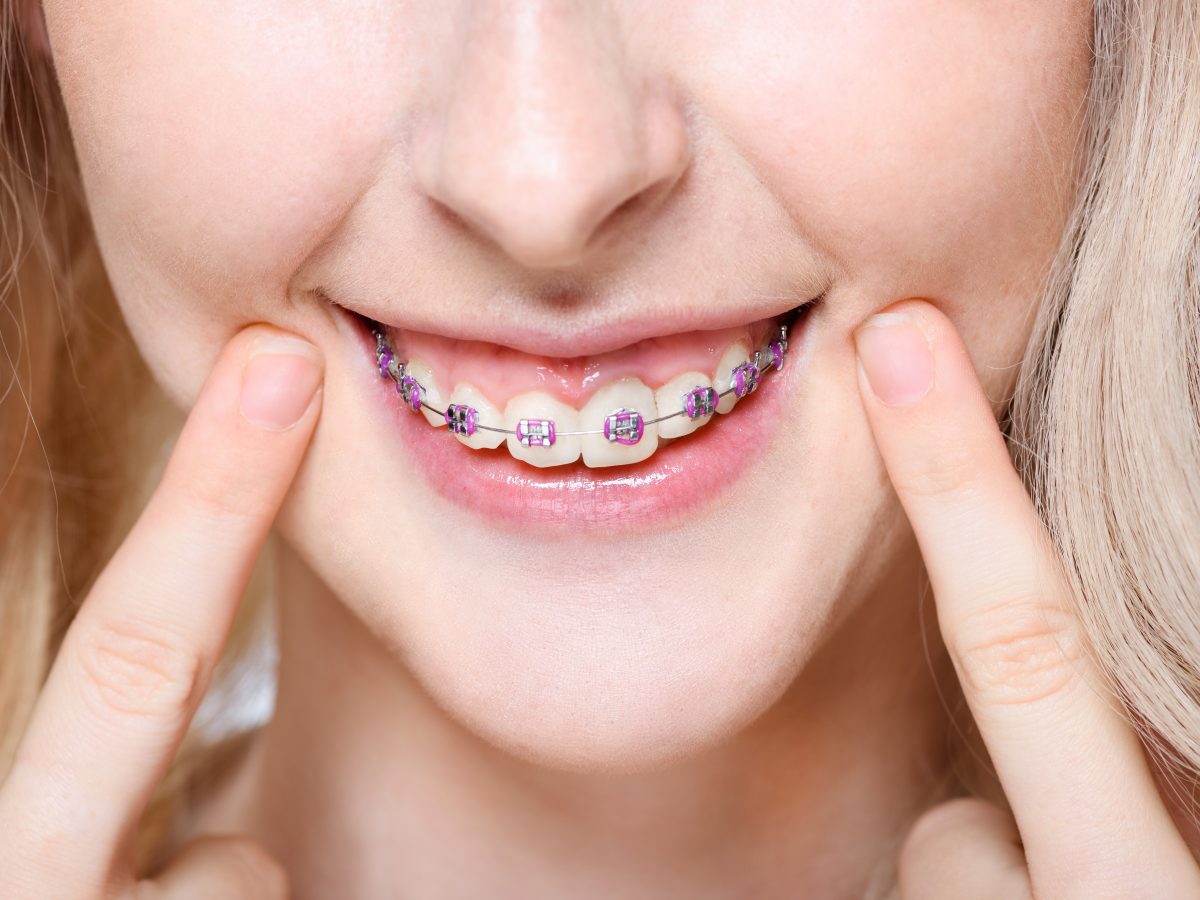Comprehensive Overview to Orthodontics Procedures for Fixing Oral Imbalances
Recognizing the ins and outs of each procedure, including their mechanisms, advantages, and possible disadvantages, is important in making notified decisions concerning one's orthodontic treatment. As we navigate via the thorough overview to orthodontic procedures for correcting oral imbalances, the elaborate details of each approach will certainly unfold, dropping light on the path toward a unified and functional dental alignment.
Orthodontic Procedures Review

Along with conventional dental braces and clear aligners, orthodontists may also recommend other interventions like headgear, palatal expanders, or retainers to resolve particular positioning problems (cumming orthodontics). These procedures are tailored to each client's special requirements and may include a mix of therapies to accomplish the desired results. Normal changes and surveillance are crucial components of orthodontic treatment to make certain progress is on track and to make any necessary modifications in the process. By undertaking orthodontic treatments, clients can not just accomplish a straighter smile however also enhance their total dental wellness and function.
Typical Dental Braces: Just How They Function
When considering orthodontic treatments for oral imbalances, traditional dental braces stand out as a time-tested approach for fixing teeth placing. Conventional braces consist of brackets, cords, and bands that function together to use constant pressure on the teeth, progressively relocating them into the preferred positioning. The brackets are affixed to the teeth utilizing a special adhesive, and the cords are threaded through the braces. By readjusting the stress of the wires, orthodontists can manage the direction and pressure put on each tooth, assisting them into correct placement in time.
As pressure is applied to the teeth through the braces, the bone bordering the teeth is reshaped to support the new tooth placements. Individuals will need normal modifications at the orthodontist's office to ensure the dental braces proceed to apply the correct pressure for efficient teeth movement.
Unseen Aligners: Disadvantages and pros
Unnoticeable aligners offer a discreet and hassle-free choice to standard dental braces for correcting oral misalignments. These clear, customized trays are basically unnoticeable when put on, making them an attractive choice for individuals looking for a more aesthetically pleasing orthodontic therapy. One of the main benefits of unnoticeable aligners is their removability, enabling less complicated maintenance of oral health compared to conventional dental braces. Clients can remove the aligners before consuming or cleaning their teeth, minimizing the danger of food getting embeded the appliance and simplifying the cleaning process.

Surgical Orthodontic Options
Surgical interventions in orthodontics existing viable options for resolving complex oral misalignments that might not be click over here efficiently solved through traditional orthodontic therapies. While typical braces and undetectable aligners can correct several orthodontic concerns, certain cases require medical intervention to attain ideal results. Surgical orthodontic options are usually advised for extreme malocclusions, substantial jaw discrepancies, and cases where the underlying bone framework requires adjustment to achieve appropriate placement.
One common surgical orthodontic treatment is orthognathic surgery, which entails rearranging the jaws to fix useful concerns such as difficulty talking or chewing. This surgery is usually done in collaboration with an orthodontist that helps line up the teeth before and after the treatment. Surgical orthodontics may additionally involve treatments to subject influenced teeth, get rid of excess periodontal tissue, or improve the jawbone to produce a more unified face profile.
Prior to thinking about surgical orthodontic choices, clients undergo an extensive assessment to establish the need and possible benefits of such treatments. aligners. While surgery may appear complicated, it can considerably boost both the feature and looks of the smile in instances where conventional orthodontic treatments fail
Retainers and Post-Treatment Treatment

Post-treatment care entails adhering to the orthodontist's instructions diligently. This may include proper dental health methods, participating in follow-up appointments, and wearing the retainers as prescribed. Failure to abide by post-treatment care directions can lead to regression, where the teeth slowly move back in the direction of their initial settings. Consistent retainer wear, excellent dental health, and routine dental exams are vital for maintaining the results accomplished through orthodontic surgical procedure and guaranteeing the lasting security of the corrected oral positioning.
Conclusion
In final thought, orthodontic treatments provide different choices for correcting oral misalignments. Surgical orthodontic options are available for extra serious misalignments. On the whole, orthodontic procedures can efficiently boost dental wellness and visual appearance.
As we navigate via the thorough guide to orthodontic treatments for fixing dental misalignments, the complex information of each method will unravel, shedding light on the course toward a practical and unified dental positioning. - orthodontist
One of the most common orthodontic treatments is the usage dental implants problems of dental braces, which consist emergency tooth extraction of steel brackets and cables that apply gentle stress to progressively shift teeth right into the wanted placement.When considering orthodontic therapies for dental imbalances, typical dental braces stand out as a reliable approach for fixing teeth placing. In addition, invisible aligners may not be ideal for complex orthodontic issues that need more considerable teeth movement, as they are normally recommended for light to modest situations. Retainers are customized orthodontic gadgets designed to hold teeth in their corrected settings after the completion of orthodontic treatment.